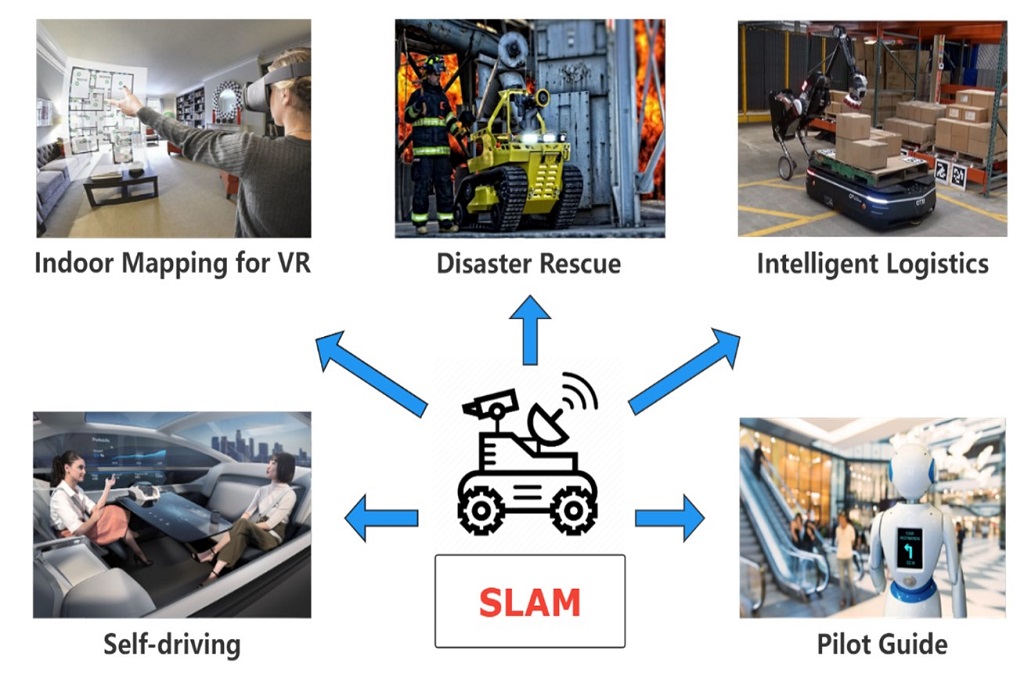WDSS-RP2: Wireless Communication and Radar Sensing Fusion Based Indoor Localization
Principal Investigator: Professor Guo Yongxin, ECE
A recent spur of interest in indoor robotics has increased the importance of robust simultaneous localization and mapping (SLAM) algorithms in indoor scenarios. Robots play an important role of future unmanned factories, smart logistics, post-disaster search and rescue and even geological exploration, etc. Real-time positioning and navigation capabilities enable robots to perform tasks accurately and quickly. However, most of the existing positioning and navigation technologies are based on cameras and Lidar. These sensors have inherent limitations. Cameras cannot work when the light intensity is insufficient. Lidar cannot work reliably in the smoke scene with low visibility. Thus, the scope of use of the robot and the usage scenarios are limited. The use of millimeter-wave radar as a sensor can break through the scenario limitations faced by mainstream SLAM using optical sensors, enabling all-weather positioning. The electromagnetic waves emitted by radar have relatively long wavelengths such that they can penetrate smoke. However, the property of the relatively long wavelength and limited aperture of antenna arrays lead to much lower image resolution than that of sensors operating in the visible light band. As a result, the accuracy of current radar SLAM is far from the demands. Meanwhile, accumulated errors would further deteriorate the precision of the system as time increases, and the SLAM method only provides relative positions to the initial coordinates. Therefore, it is hard to achieve multi-robot corporation tasks which would be very common scenarios in the future.
The objective of this project is to build a perfect robot navigation system which should perform high accuracy positioning in indoor environment while having the ability of working all weather by employ wireless communication and radar sensing fusion to achieve accurate indoor localization.



